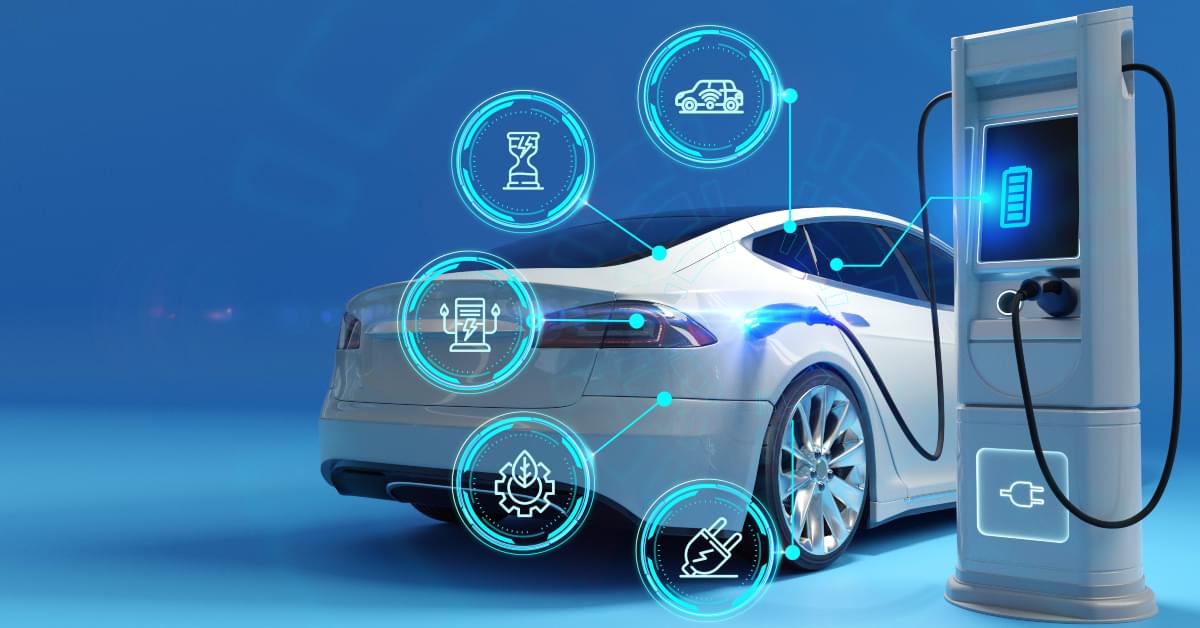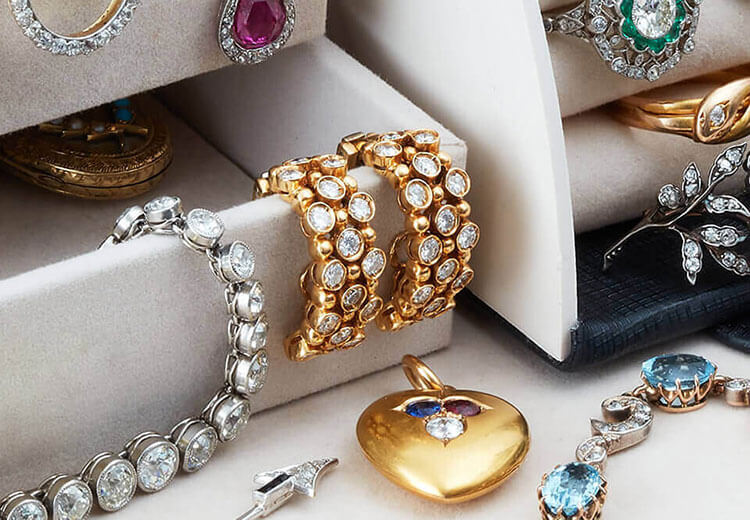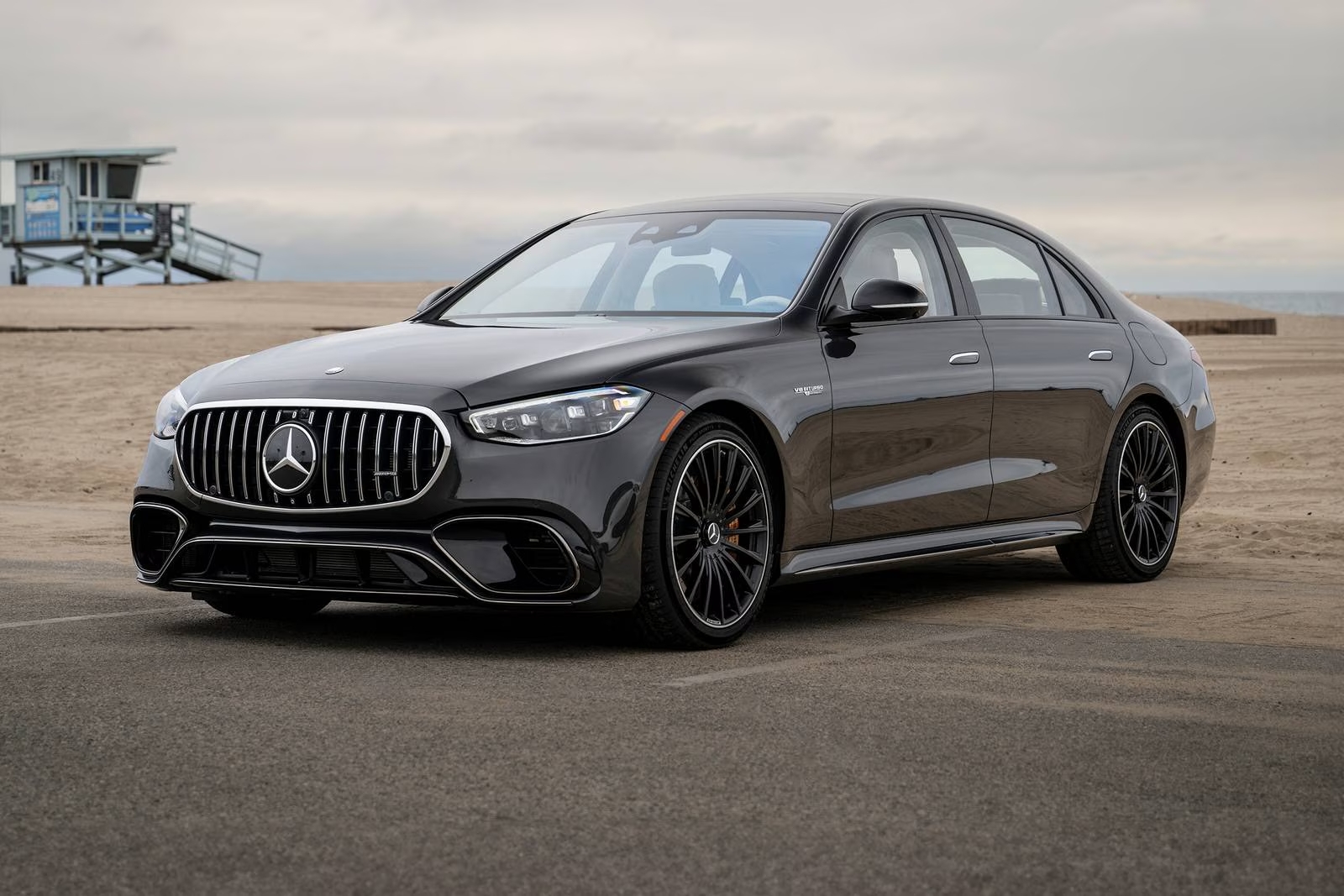The luxury automotive landscape has undergone a profound transformation over the past decade, with electric vehicles evolving from niche eco-friendly alternatives to some of the most desirable and technologically advanced cars in the world. In 2025, luxury electric vehicles have firmly established themselves as status symbols that satisfy the conscientious affluent consumer’s desire for both environmental responsibility and uncompromising performance. This evolution represents far more than a powertrain change—it’s a fundamental reimagining of what defines automotive luxury.
The New Performance Paradigm
Performance has always been central to luxury car appeal, but electric powertrains have rewritten the rules of what’s possible in production vehicles. The instant torque delivery and simplified power management of electric motors have created a new performance paradigm that traditional combustion engines simply cannot match.
Acceleration Benchmarks Redefined
Modern luxury EVs have established acceleration standards once reserved for hypercars:
- The Lucid Air Sapphire reaches 60 mph in 1.89 seconds—nearly twice as fast as flagship luxury sedans of the previous decade
- Mercedes-AMG EQS 53’s “Race Start” function delivers repeatable sub-3-second acceleration without drivetrain stress
- Rimac Nevera’s 1,914 horsepower quad-motor system achieves 0-186 mph in just 9.3 seconds, shattering previous production car records
What makes these figures even more remarkable is their repeatability—while combustion-engined performance cars often require ideal conditions and cooling periods between acceleration runs, electric powertrains can deliver peak performance consistently without thermal degradation.
Handling Revolution: Dynamic Weight Management
The inherent weight challenges of battery packs have driven innovation in dynamic handling technologies:
- Porsche Taycan’s 800-volt architecture allows for smaller, lighter cabling throughout the vehicle
- Lotus Eletre R employs active aerodynamics that generate 520 kg of downforce at speed
- Aston Martin’s Valhalla EV utilizes a carbon-nanotube reinforced chassis that’s 40% lighter than conventional carbon fiber
The most significant handling advancement comes from torque vectoring capabilities unmatched by mechanical differentials. Electric luxury vehicles now employ millisecond-precise power delivery to each wheel independently, creating handling characteristics that adapt instantaneously to changing conditions.
Interior Innovation: Rethinking Luxury Space
Electric architecture has liberated automotive designers from traditional packaging constraints, enabling revolutionary approaches to luxury interiors:
Expanded Interior Volumes
Without the need for transmission tunnels, complex exhaust routing, or large engine compartments, luxury EVs offer significantly more usable interior space:
- Cadillac Celestiq provides 38.6 inches of rear legroom despite a relatively modest exterior footprint
- Range Rover Electric’s “floating” center console incorporates storage spaces impossible in combustion vehicles
- Bentley Centaurus EV features a completely flat floor throughout the cabin, enabling new seating configurations
Acoustic Excellence
The absence of engine noise has elevated acoustic engineering to a primary luxury differentiator:
- Rolls-Royce Spectre employs over 1,500 pounds of sound insulation materials, creating what the company calls a “near vacuum” interior environment
- Mercedes EQS uses active road noise cancellation through the Burmester audio system to eliminate specific frequency ranges
- Lucid Air incorporates double-pane acoustic glass with a sound-dampening interlayer developed for recording studio applications
The resulting cabin quietness allows for unprecedented audio system performance, with even subtle musical details perceptible during highway cruising.
Design Language Evolution
Electric powertrains have catalyzed the most significant shift in automotive design language since the post-war era:
Aerodynamic Imperative
Range optimization demands exceptional aerodynamic efficiency, creating a new aesthetic vocabulary:
- Mercedes EQS achieves a drag coefficient of 0.17, the lowest of any production car in history
- Lucid Air’s distinctive front fascia incorporates “micro-lens array” headlights that minimize frontal area
- Jaguar’s forthcoming all-electric lineup abandons traditional grilles entirely for sculpted surfaces optimized for airflow
Lighting as Brand Signature
Advanced LED and laser lighting technologies have become the primary brand identifiers:
- Genesis Electrified G90 features “Digital Light” elements that project customized welcome patterns
- Audi’s Matrix LED technology now incorporates over 1.3 million micro-mirrors per headlight
- BMW’s Crystal Headlights use Swarovski crystal elements that serve both functional and aesthetic purposes
The New Luxury EV Landscape
The 2025 luxury electric vehicle market encompasses several distinct segments, each with unique characteristics:
Hyper-Luxury EVs
At the pinnacle of the market, these vehicles emphasize bespoke craftsmanship alongside electric performance:
- Rolls-Royce Spectre ($460,000): The pinnacle of electric grand touring, featuring hand-finished interior components requiring over 800 hours of craftsmanship
- Bentley Centaurus ($342,000): Combines traditional British luxury with a 1,400 horsepower triple-motor system and hand-stitched sustainable interior materials
- Maybach EQS 680 SUV ($215,000): Offers rear reclining “executive seats” with hot stone massage function and champagne refrigeration
Performance-Focused Electric GTs
These vehicles prioritize driving dynamics while maintaining luxury appointments:
- Porsche Taycan Turbo GT ($195,000): Holds the production EV lap record at the Nürburgring Nordschleife
- Lucid Air Sapphire ($255,000): America’s most powerful production car with a tri-motor 1,200 hp system
- Maserati GranTurismo Folgore ($218,000): Combines Italian design flair with an 800-volt electrical architecture
Luxury Electric SUVs
The most rapidly expanding segment combines practical utility with electric performance:
- Range Rover Electric ($184,000): Maintains genuine off-road capability alongside zero-emission operation
- Cadillac Celestiq ($325,000): Hand-built American luxury with a 55-inch dashboard display incorporating augmented reality
- Mercedes-AMG EQS SUV ($165,000): Performance-oriented seven-passenger luxury with active anti-roll technology
New Luxury EV Entrants
The electric transition has enabled new players to establish themselves in the luxury segment:
- Lucid Motors: Founded by former Tesla engineering chief Peter Rawlinson
- Rivian: Established credibility through backing from Amazon and Ford
- Rimac: Transformed from a Croatian startup to controlling Bugatti through a joint venture with Porsche
Charging Infrastructure Evolution
The premium charging experience has evolved dramatically to address the specific needs of luxury consumers:
Exclusive Charging Networks
Luxury automakers have developed proprietary charging infrastructure for their clients:
- Mercedes me Charge Exclusive: Offers reserved high-power charging stations at luxury destinations with lounge access
- Porsche Destination Charging: Located at premium hotels and restaurants with priority access for Porsche owners
- Audi Energy Lounges: Combine rapid charging with concierge services and private workspaces
Home Charging Transformations
Residential charging solutions have evolved from utilitarian devices to design objects:
- Porsche Home Energy Manager: Coordinates charging with home solar systems and features a wall-mounted touchscreen interface
- BMW Wallbox Pro: Designed in collaboration with Patricia Urquiola with customizable exterior panels
- Tesla Powerwall+: Integrates vehicle charging with whole-home backup power capabilities
The Sustainable Luxury Narrative
Luxury electric vehicles have transformed the conversation around automotive sustainability:
Circular Manufacturing Approaches
Leading luxury EV makers have embraced closed-loop material cycles:
- BMW’s “Secondary First” approach prioritizes recycled materials for all non-visible components
- Polestar has committed to producing a truly carbon-neutral vehicle by 2030 through comprehensive lifecycle management
- Mercedes-Benz now operates carbon-neutral production facilities for all electric models
Sustainable Interior Materials
Traditional luxury materials are being reconsidered through a sustainability lens:
- Regenerative leather: Bentley’s partnership with Natural Fiber Welding produces leather-like materials through carbon-negative processes
- Reclaimed wood: Rivian incorporates salvaged wood from hurricane-damaged forests in Florida
- Ocean plastics: BMW’s interior components now incorporate recycled fishing nets and marine plastic waste
Battery Lifecycle Management
Luxury brands have introduced comprehensive battery management programs:
- Mercedes guarantees battery performance for 10 years or 155,000 miles
- Porsche’s battery passport program tracks materials through the entire lifecycle
- Lucid’s second-life battery program repurposes vehicle batteries for home energy storage
The Customer Experience Evolution
The purchasing and ownership journey has been fundamentally reimagined:
Direct Sales Models
Traditional dealership models are being replaced by brand-owned experiences:
- Genesis House in New York combines vehicle showroom with Korean restaurant and cultural space
- Lucid Studios feature VR configurators and material samples rather than inventory vehicles
- Rivian’s “Spaces” operate as community hubs and education centers rather than traditional dealerships
Over-the-Air Evolution
Software updates have become central to the luxury ownership experience:
- Mercedes-Benz offers continuous enhancement with new features added quarterly
- Audi’s Function on Demand allows owners to activate additional features post-purchase
- BMW’s Digital Key Plus allows secure vehicle sharing through smartphone integration
Personalization Beyond Physical Features
Digital personalization has become as important as traditional bespoke options:
- Customized driving sounds engineered by renowned composers (Hans Zimmer for BMW)
- Individual display layouts and interaction preferences stored in cloud profiles
- AI assistants that learn owner preferences and adapt vehicle behavior accordingly
The Future Outlook
As we look toward the latter half of this decade, several trends are emerging:
Solid-State Battery Implementation
Luxury EVs will likely pioneer solid-state battery technology:
- Toyota’s luxury brand Lexus has announced the first production solid-state EV for 2027
- BMW and Ford-backed Solid Power aims to deliver production cells by 2026
- Quantumscape, supported by Volkswagen Group, promises 80% charging in under 15 minutes
Advanced Driver Assistance Evolution
Level 3 and 4 autonomy features are becoming luxury differentiators:
- Mercedes Drive Pilot system now operates at speeds up to 85 mph on approved highways
- Lucid’s DreamDrive Pro incorporates LIDAR and allows hands-free operation in mapped areas
- Cadillac’s Ultra Cruise covers 95% of driving scenarios and supports automatic lane changes
Luxury Brand Positioning Shifts
The EV transition is forcing heritage luxury brands to redefine their value propositions:
- Bentley’s full electrification by 2030 requires reimagining the brand’s core identity
- Rolls-Royce’s transition challenges the company to maintain exclusivity in an increasingly capable market
- Italian sports car manufacturers face particular challenges in differentiating without distinctive engine notes
Conclusion: The Electric Luxury Renaissance
The rise of luxury electric vehicles represents far more than a powertrain transition—it’s a fundamental reimagining of what constitutes automotive prestige. By combining environmental responsibility with uncompromising performance and innovative design, luxury EVs have resolved the apparent contradiction between sustainability and indulgence.
For affluent consumers, electric luxury vehicles offer a compelling proposition: the ability to enjoy exceptional performance and prestige while aligning with contemporary environmental values. As battery technology continues advancing and charging infrastructure matures, the remaining practical barriers to adoption are rapidly disappearing.
The luxury automotive segment’s embrace of electrification demonstrates how sustainability can enhance rather than compromise premium experiences—an important precedent as other luxury categories navigate similar transitions. In reinventing themselves for an electric future, luxury automakers have not merely adapted to change but have created vehicles that surpass their predecessors in virtually every measurable dimension, establishing new benchmarks for what constitutes automotive excellence in the 21st century.




